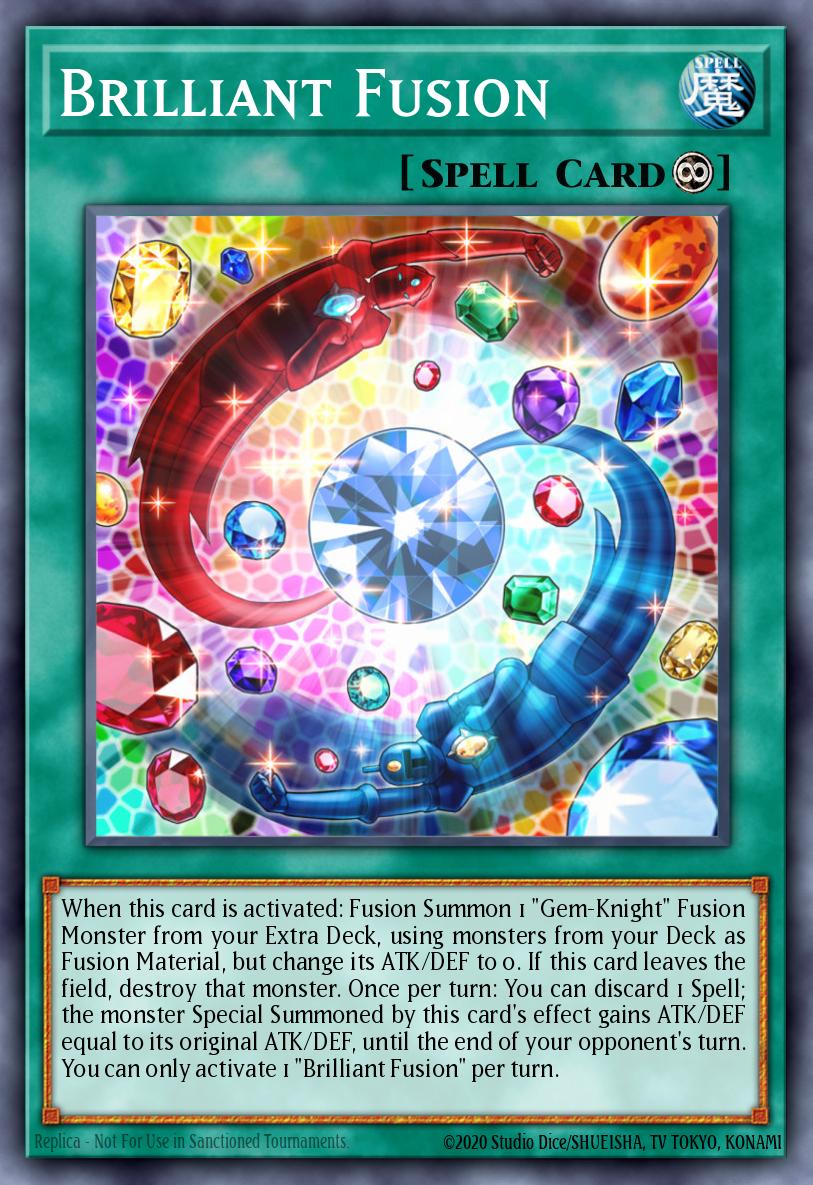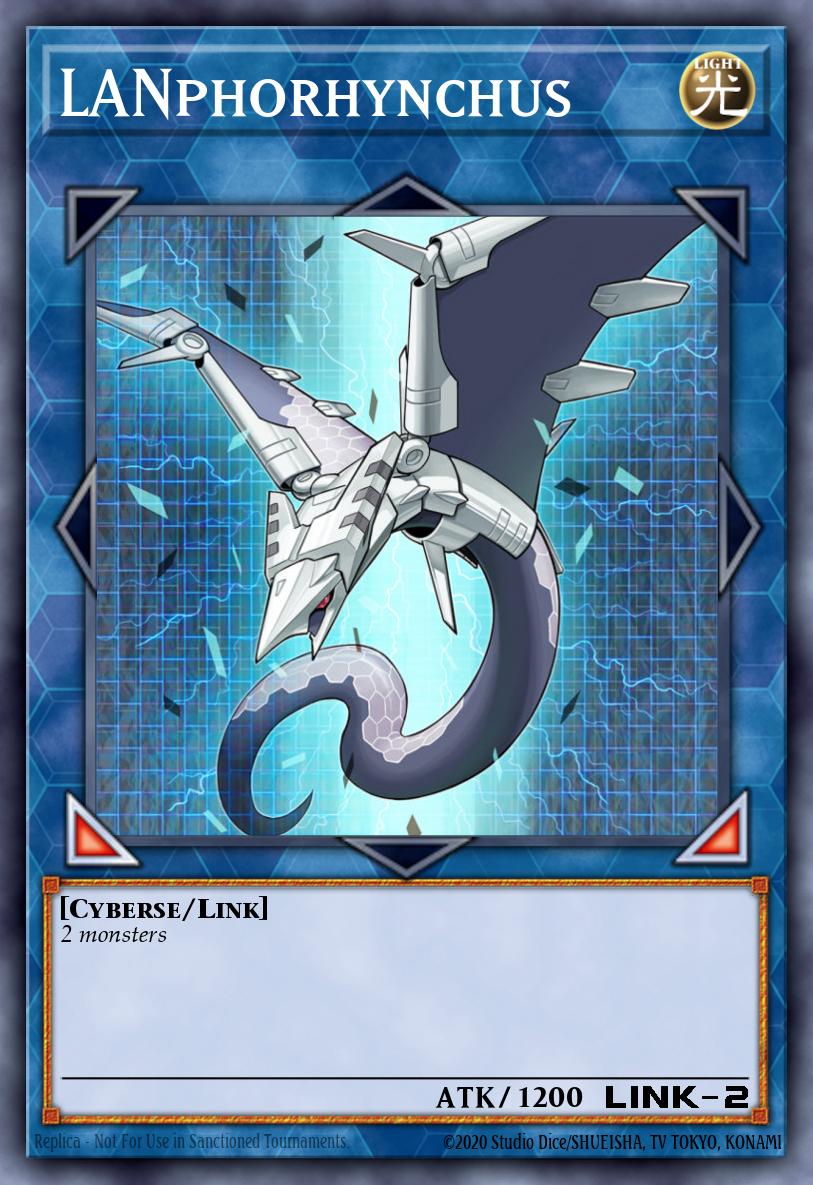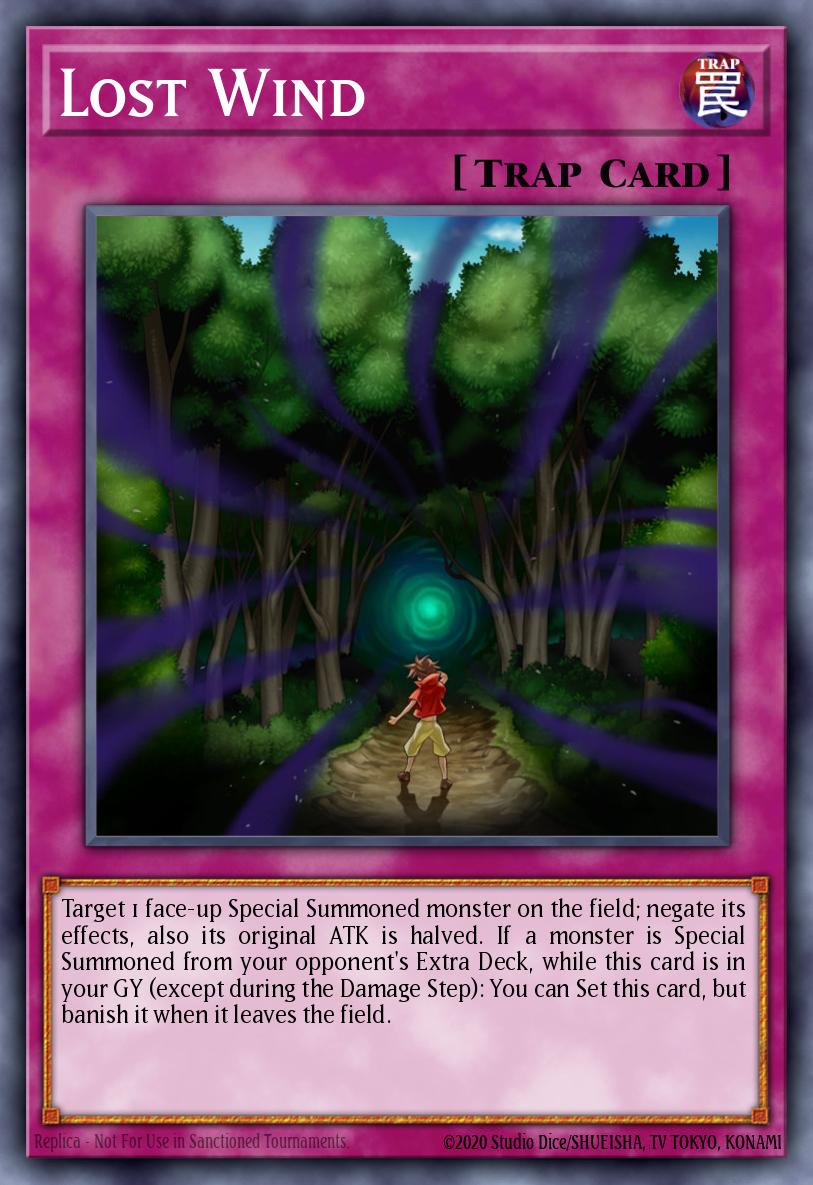You can also join the Trinity Discord Server here for the latest news and updates for Trinity!
The Trinity Alternative Format has different rules both for how the game is played and how decks are built. If you are not familiar at all with the format a quick introduction can be found here. In this article we are going to be examining some of the ways that these changes affect the way we have to look at cards. I will be going over the main factors that change between evaluating cards or archetypes for a TCG deck and a trinity deck.
Changes to Rules and Gameplay
Pseudo-Singleton
 Please don't play multiple garnets. Especially not here.
Please don't play multiple garnets. Especially not here.In Trinity you can generally only play a single copy of a card. This heavily impacts how to evaluate cards and archetypes. The first and perhaps most obvious thing is that you are less likely to draw any given card. So if your deck is only good when you find a specific card in your hand it will usually be quite bad. An example of this is Brilliant Fusion which is rather hard to search and needs a Gem-Knight to still be in deck. This makes splashing it outside of Gem-Knight decks not very viable. You are more likely to draw just the Gem-Knight Garnet or both the Brilliant Fusion and the Garnet than draw just the fusion.
Another consequence is some archetypes start struggling to find enough copies of playable cards. Kozmo Tincan allows you to search out a Kozmo ship at the end of every turn and tag out into it as a quick effect. But with Dark Destroyer banned, having to reveal 3 ships becomes a real drawback. Unless you play additional copies of the large ships, there are only 3 ships that allow you to float into the powerful level 5 Kozmos when they are destroyed. As such, resolving Tincan multiple times starts to become irrelevant.
On the other hand, cards we can access in many different ways become better. Cards that have a type searcher or are searchable with a field spell are classic examples. There are also cards that do virtually the same thing. For example, there are tons of options for searching HEROs. They have several monsters that search each other on summon or by being sent to the grave. On top of that, they have cards like RotA and E Call.
Summon Limit
 This was actually one of my most anticipated releases ever
This was actually one of my most anticipated releases everOnly being able to summon effect monsters 3 times each turn significantly changes how the game plays. Because of this, you must also change how you look at cards. There are cards that play well with the summon limit, cards that play very poorly with it, and cards that adapt depending on the situation. Some monsters are powerful and easy to bring out with just a single summon, such as Dinowrestler Pankratops. This leaves you more options for the rest of the turn. Other cards help you squeak plays just past the summon limit. LANphorhynchus is a staple in Trinity extra decks simply for opening up Zones without using a summon.
Some cards, unfortunately, are not so lucky. Brotherhood of the Fire Fist - Horse Prince, for example, is difficult to get value out of. Usually you'll use all of your summons to get him out and will be unable to summon more afterwards. Other times, its just a matter of wording. Chronograph Sorcerer's use of "then" in its effect makes it count as two separate summons.
By changing how you use cards, you can make them play better with the summon limit. The simplest example is revival traps. By using them during your opponent's turn, you can start your own turn with a clean slate. Other ways to get tricky can include Pendulum Summoning or stealing an opponent's monster. There's also a wide variety of ways to use non-effect monsters to break the normal limit. Summoning two level 4's for an Xyz normally ends your turn. However, by using The Phantom Knights of Shade Brigandine as one of the materials, you're left with an additional summon afterwards.
Speed of the Game
 The trap so nice you set it twice
The trap so nice you set it twiceThe pace of the game is a fair bit slower in Trinity than in the TCG. Part of this is because of the general drop in the power of decks when they have to play more unique copies of cards since the card quality goes down. The other part is that you are limited in the actions you can take each turn. We can keep both of these factors in mind when evaluating cards.
When the speed is lower, value oriented cards will flourish. Lost Wind is one of the traps that consistently sees play across a wide variety of decks. Simply being able to be used twice compensates for an otherwise middle of the road effect. Cards like Sangan also see a fair bit of play since waiting a turn isn't as debilitating and searching your best card can be very powerful. Meanwhile, a card like Red Reboot is very rare to see since most decks struggle to put their opponent within lethal range with the speed and consistency to make up for a dead card in hand since giving them a free +2 can be a disaster.
Some cards interact with the summon limit by disrupting just enough. A card like Compulsory Evacuation Device can be all you need if your opponent is close to the summon limit. A card does not need to have huge potential in the way Torrential Tribute does if it offers you greater freedom in how you use it. Sometimes a card that can be used in multiple ways will be better than a card that does one thing very well. This is because it's more important to be doing something every turn than to be doing a specific thing in Trinity.
Closing Thoughts
Evaluating cards is never easy. However, by thinking about how they relate to rule changes and limitations you can have a solid start. Of course, pure theory like this can never replace playtesting and experience with the metagame. It does however provide you with tools that can save you plenty of time instead of needing rigorous testing to make any conclusions about a card.




